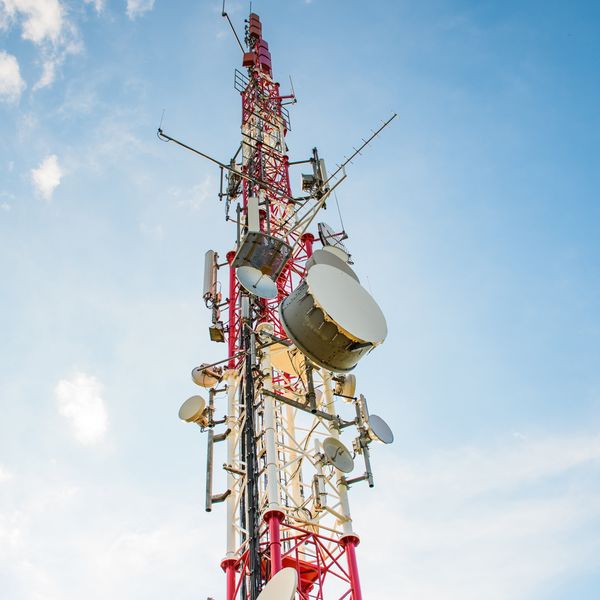Travelers may face higher levels of cell phone radiofrequency (RF) radiation when using phones in moving vehicles such as trains, according to a new study published in Electrical Engineering. The study simulated the RF radiation levels in a child and an adult when using a cell phone inside a train, and found that the metal surroundings significantly increased their RF radiation exposure levels.
In short:
- Each simulation found that RF radiation exposure exceeded FCC human safety limits by more than 30% due to reflection and resonance effects caused by the metal in the train compartment walls.
- Exposure levels were particularly increased when the phone was used in close proximity to the train walls, and held close to the body.
- Overall, the child model absorbed more RF radiation than the adult model.
- Distancing cell phones away from either the body or the train walls significantly reduced exposure.
Key quote:
“This demonstrates that maintaining a safe distance from RF-emitting devices can substantially reduce exposure, a factor that should be considered in public transport environments.”
Why this matters:
As wireless devices become more ubiquitous to everyday life, people of all ages use cell phones in a variety of environments unaware of how their surroundings might impact their RF exposure, especially when phones are held close to the body. RF exposures can spike in moving vehicles because phones constantly switch between cell towers and work harder to maintain a signal through metal. The 2009 Congressional hearings on cell phone radiation included recommendations against using phones in moving vehicles, and medical associations, including the American Academy of Pediatrics, advise avoiding calls in cars, elevators, and trains due to increased RF emissions from the metal surroundings. This issue is particularly important for children, whose brains and bodies absorb proportionately higher rates of RF radiation. Research has also found that metal inside and on the body (such as braces and piercings, common in young people) can increase and refocus RF radiation exposure.
“These results make it clear that current government safety regulations are outdated and obsolete,” said Theodora Scarato, director of the Wireless and EMF Program at Environmental Health Sciences, noting that this is not just a public health issue but also an occupational health issue, as many workers are in metal vehicles for hours a day unaware of the exposure. “Updated regulations must account for real-world environments, like sitting in a train or car. The public needs to be informed so they can reduce their exposure.”
Related EHN coverage:
- Study finds long-term cell phone use impacts the parotid gland
- Major WHO-backed study: high certainty that wireless radiation causes cancer in animals
More resources:
- Safety Tips for Reducing Cell Phone and Wireless Radiation Exposure
- Doctors and Scientists on Cell Phone Radiation
Bačová, Frederika et al. for Electrical Engineering. May 17, 2025
























